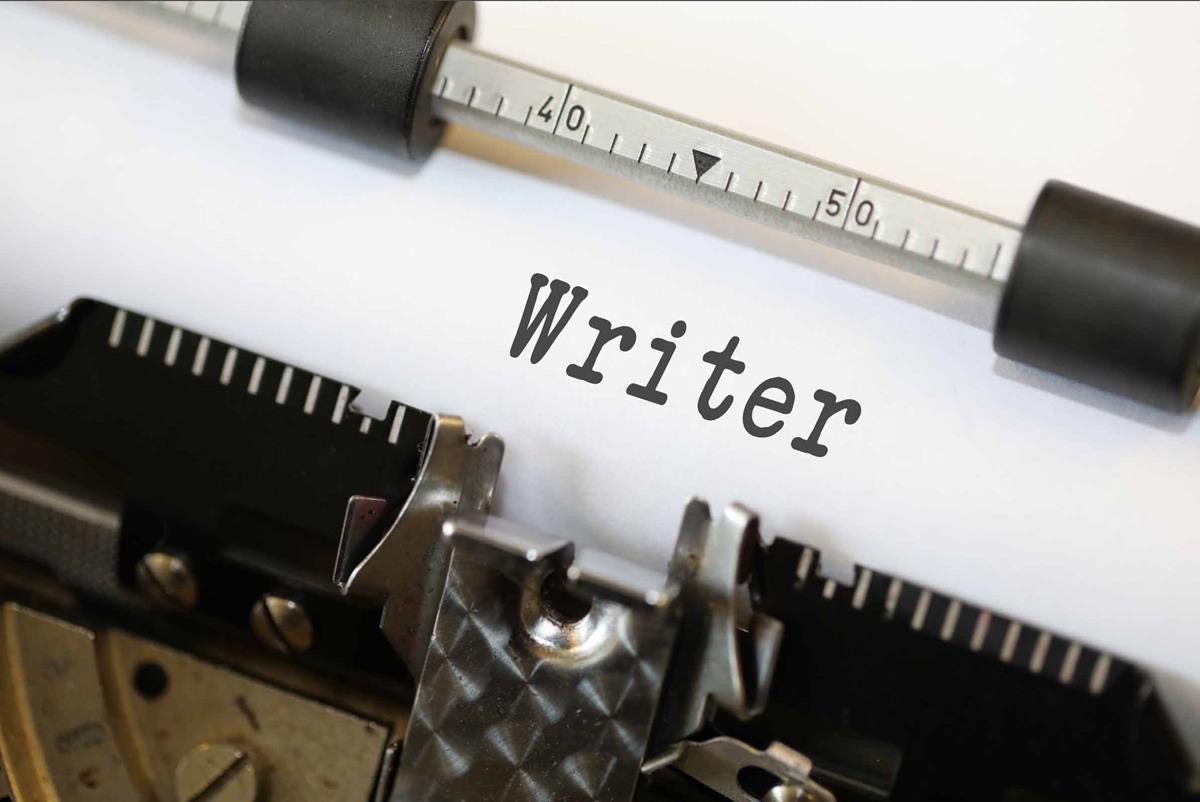Understanding the Short Story Form
A Detailed Guide
The short story, an art form as ancient as storytelling itself, remains one of the most compelling and challenging formats for writers. Unlike novels, which provide ample space to develop plots, characters, and themes, short stories require a conciseness that demands precision, ingenuity, and often a bit of magic. In this guide, we’ll explore the anatomy of the short story, dissect its essential elements, and offer tips for crafting a narrative that resonates.
The Essence of a Short Story
A short story is typically defined as a piece of prose fiction that can be read in one sitting. Its length varies but usually ranges from 1,000 to 7,500 words. The brevity of the form means every word must serve a purpose, driving the narrative forward or deepening the reader’s understanding of character, setting, or theme.
Key Elements of a Short Story
- Protagonist: This is the main character, whose journey, struggle, or transformation forms the heart of the story. Despite the limited length, a short story often zeroes in on a critical moment in the protagonist’s life.
- Supporting Characters: These characters should be few and well-drawn, providing depth to the narrative without overwhelming it.
Plot:
- Inciting Incident: This event kicks off the main conflict or sets the story in motion. It should occur early, capturing the reader’s interest.
- Rising Action: These are the events that build tension and develop the conflict.
- Climax: The peak of the story where the main conflict reaches its most intense point.
- Falling Action and Resolution: These elements resolve the conflict and bring the story to a satisfying close, often leaving a lasting impression or insight.
Setting:
- The setting provides the backdrop against which the story unfolds. In short stories, the setting is often used to enhance the mood or theme. It can be as richly detailed or as sparsely described as necessary, but it should always serve the story.
- This is the underlying message or insight the story conveys. While the theme might not be explicitly stated, it should be woven into the fabric of the narrative, giving the story depth and meaning.
Point of View:
- The perspective from which the story is told can greatly affect how it’s perceived. Common points of view include first person, third person limited, and third person omniscient. Each offers different opportunities and constraints for storytelling.
Tone and Style:
- The writer’s voice and the story’s mood are crucial in short fiction. The tone can range from humorous to somber, while the style can be lyrical or stark. Consistency in tone and style helps unify the story and enhance its impact.
Crafting a Compelling Short Story
Start with a Strong Hook:
- Your opening should immediately grab the reader’s attention, whether through an intriguing situation, a compelling character, or a striking piece of imagery.
Focus on a Single Conflict:
- Given the limited word count, a short story often centers on a single, well-defined conflict. This focus allows for deeper exploration within the confined space.
Show, Don’t Tell:
- Use descriptive language and actions to convey emotions and themes rather than explicitly stating them. This technique engages readers, allowing them to infer meaning and connect more deeply with the story.
Develop Your Characters:
- Even in a short story, characters should feel real and complex. Provide enough detail to give them depth, but avoid overloading with backstory. Each character’s actions and dialogue should reveal their personality and motivations.
Create a Resonant Ending:
- A short story’s conclusion should resonate, whether through a twist, a poignant moment, or a thought-provoking revelation. Aim for an ending that stays with the reader, offering closure or opening up new questions.
Examples of Masterful Short Stories
“The Lottery” by Shirley Jackson:
- A chilling tale of societal norms and collective behavior, Jackson’s story uses a seemingly mundane event to explore dark themes of conformity and violence.
“Hills Like White Elephants” by Ernest Hemingway:
- Hemingway’s minimalist style and use of dialogue create a powerful, subtext-rich narrative about a couple grappling with an unspoken issue.
“A Good Man is Hard to Find” by Flannery O’Connor:
- O’Connor’s story blends dark humor and existential musings with a shocking climax, providing a deep commentary on human nature and grace.
“The Yellow Wallpaper” by Charlotte Perkins Gilman:
- This story explores themes of mental illness and gender roles through a first-person narrative that descends into madness, using the setting as a powerful symbol.
Tips for Writers
- Read Widely: Familiarize yourself with a variety of short stories to understand different styles and techniques.
- Write Regularly: Practice is key to honing your craft. Set aside time for writing and experimenting with different ideas.
- Revise Ruthlessly: Editing is crucial in short story writing. Every word counts, so refine your prose to eliminate unnecessary elements and enhance clarity.
- Seek Feedback: Join writing groups or share your work with trusted readers to gain new perspectives and improve your storytelling.
Conclusion
The short story is a vibrant and versatile form that challenges writers to distill their narratives into a concentrated burst of fiction. By understanding its key elements and focusing on concise, impactful storytelling, writers can create powerful stories that linger in the minds of their readers. Whether you’re a seasoned writer or a beginner, the journey of mastering the short story form is a rewarding and enriching endeavor.
QUESTIONS FOR FURTHER DISCUSSION
To deepen your understanding of the short story form and enhance your writing practice, consider the following questions:
What is your favorite short story, and why does it resonate with you?
- Reflect on the elements that make this story memorable. Is it the plot, characters, setting, or theme?
How do different points of view affect the reader’s perception of a short story?
- Consider how a first-person narrative compares to a third-person limited or omniscient perspective in terms of intimacy and insight.
What role does setting play in a short story?
- Discuss how setting can enhance mood, theme, or character development. Can you think of a story where the setting is almost a character itself?
How do authors use dialogue to reveal character and advance the plot?
- Analyze examples of effective dialogue in short stories. How do these conversations add depth to characters and move the story forward?
What techniques can writers use to create a strong hook in their short stories?
- Identify various ways to start a story that immediately engages the reader. Can you think of an opening line or scene that grabbed your attention?
How can a writer develop complex characters within the limited space of a short story?
- Discuss strategies for revealing character traits, motivations, and growth concisely. How can actions and dialogue substitute for lengthy descriptions?
What makes a short story’s ending powerful and resonant?
- Consider different types of endings, such as twists, open endings, or emotional resolutions. How do these endings affect your overall impression of the story?
How does the theme of a short story emerge through its elements?
- Explore how theme is woven through plot, character, setting, and tone. Can you identify a story where the theme is subtly hinted at rather than overtly stated?
What are some common pitfalls in short story writing, and how can they be avoided?
- Reflect on issues like overloading the story with too many characters or subplots, weak hooks, or unconvincing endings. How can writers steer clear of these traps?
- In what ways can experimenting with structure enhance a short story?
- Discuss unconventional structures, such as nonlinear timelines, fragmented narratives, or stories within stories. How do these structures add to the storytelling?
- How do cultural and historical contexts influence short stories?
- Consider how the time and place in which a story is written shape its themes, characters, and conflicts. How do contemporary short stories differ from those of the past?
- What are the advantages and challenges of writing a short story compared to a novel?
- Debate the unique constraints and freedoms of the short story form. How does brevity both limit and liberate a writer?
- How can sensory details enhance the immersive quality of a short story?
- Examine how vivid descriptions of sights, sounds, smells, tastes, and textures draw readers into the story’s world.
- What is the significance of subtext in short stories?
- Discuss how underlying meanings and themes can add layers of complexity to a story. How can writers effectively convey subtext without overt explanation?
- How does the short story form lend itself to exploring specific themes or genres?
Use these questions to spark deeper conversations, inspire your writing practice, and foster a greater appreciation for the short story form.
© 2024, wcadmin. All rights reserved, Writers Critique, LLC Unless otherwise noted, all posts remain copyright of their respective authors.




